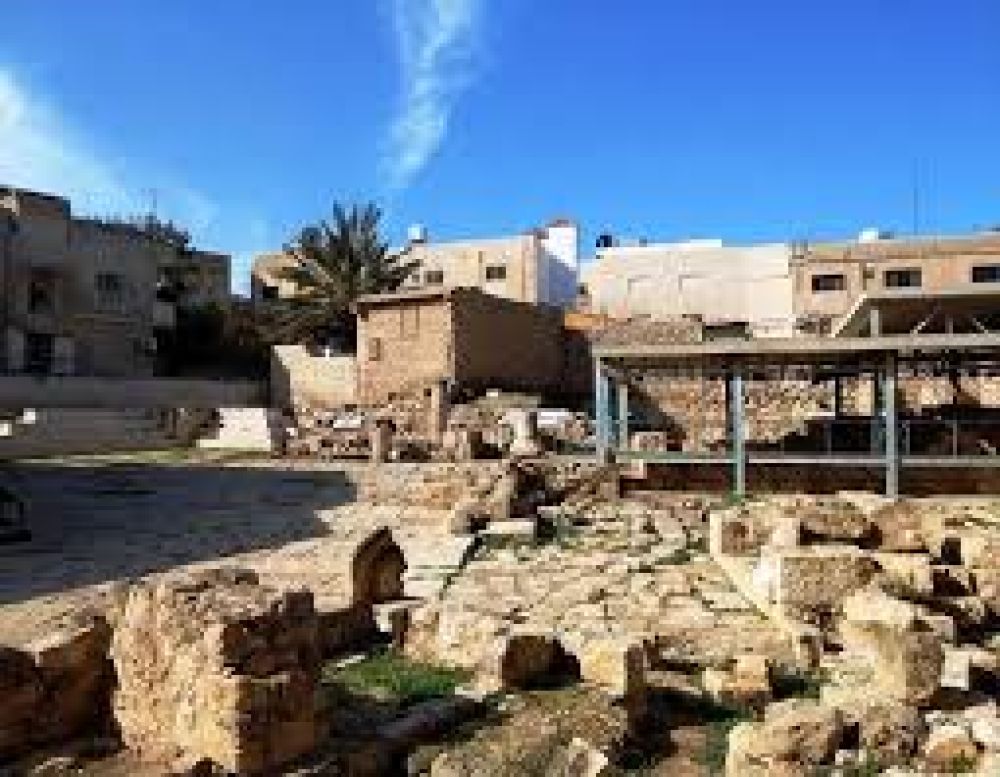

The history of tourism in Madaba, particularly around archaeological sites like the Burnt Palace, dates back to the late 19th and early 20th centuries when Western travelers and archaeologists began exploring the lands of the Biblical "Moab." Interest grew significantly when the famous Madaba Map, a Byzantine mosaic map of the region, was uncovered in 1896. This map included references to key biblical sites and created a surge in pilgrimage and exploratory tourism to Madaba.
The Burnt Palace itself, a Byzantine-era residential structure, first drew tourists due to its detailed and remarkably well-preserved mosaics, which are intrinsic to Madaba's identity as the "City of Mosaics." The site has since become an essential stop for those exploring Jordan's rich tapestry of historical and cultural landmarks.
In the latter half of the 20th century, the Jordanian government began recognizing the potential of tourism as a major economic force and invested in infrastructure and preservation efforts to make sites like the Burnt Palace more accessible and appealing to international visitors. The establishment of the Madaba Institute for Mosaic Art & Restoration in 1992 also highlighted the importance of local expertise in conserving and promoting the site's intricate artwork.
In recent years, the trends in tourism around the Burnt Palace align with the wider trends in Jordan and the Middle East. These include:
The Jordanian Ministry of Tourism and Antiquities actively promotes sites like the Burnt Palace as part of the country's cultural wealth in international markets, ensuring that the allure of this historical treasure continues to captivate travelers from around the globe.